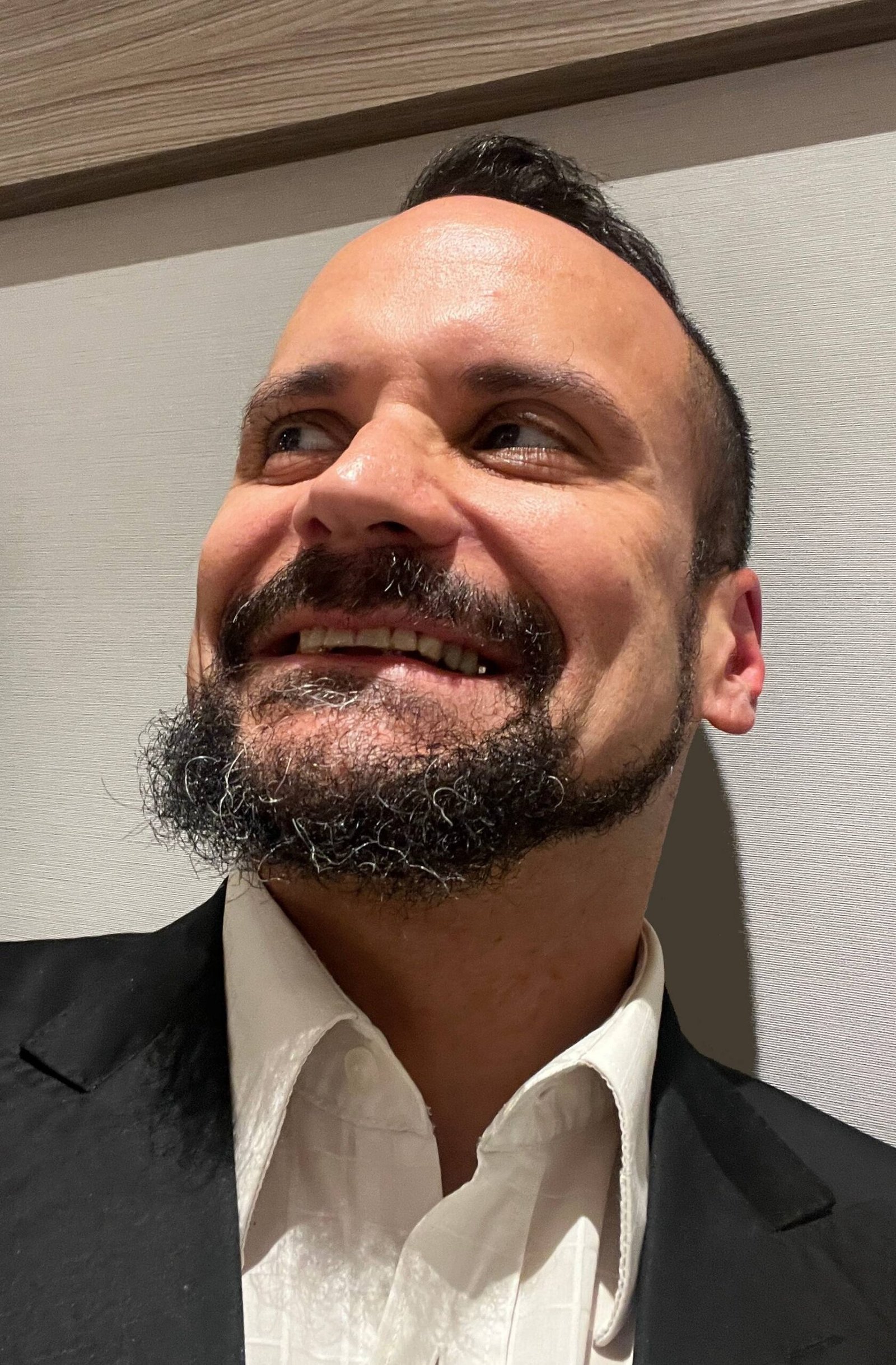

































The year is 1838, and the place is the fictional German town of Wisborg. Ellen (Lily-Rose Depp) and Thomas Hutter (Nicholas Hoult) have recently married. They attempt to enjoy their matrimony as any young couple would. Their life is demure yet functional. Thomas has a good job, and the couple have a bright future ahead. Ellen is plagued by horrific nightmares of an evil entity, the undead Count Orlok (played by Bill Skarsgård with heavy face and body make-up, and a voice so highly synthesised it resembles the Rammstein singer Till Lindemann with a cold). A clumsy opening sets out to clarify how the beautiful and vulnerable protagonist and the ugly and overpowering antagonist first met. Maybe she unintentionally summoned him. Maybe he’s an old love-gone-sour. Who knows. The plot developments are as murky as the settings.
This is just one of the many “twists” that 41-year-old American helmer and scribe Robert Eggers threw into the “original” Henrik Galeen screenplay, written for F W Murnau’s Nosferatu: A Symphony of Horror (1922), itself a rip-off of Bram Stoker’s novel Dracula. In the 1922 film, Orlok first finds out about Ellen much later, through a picture that her husband carries into his castle. Werner Herzog’s 1979 Nosferatu the Vampyre remained a lot more loyal to the 1922 film, keeping the plot, many scenes and even the dialogues largely untouched. The three films revolve around Hutter’s trip to Orlok’s Transylvania in order to organise the sale of the property, and Orlok’s travel to Germany on a rat-infested boat in order to claim the blood, the love and the soul of ailing Ellen. The plague is a subplot on all stories, as locals mistake Orlok’s deadly actions for a bacteria pandemic.
There are many other differences. Thomas’s painstaking journey from Germany to Transylvania virtually disappears from the story, while Orlok’s boat journey from Romania to Germany is confusingly interspersed with actions in the castle. At times, it is unclear whether our disgustingly adorable villain is in his abode or with the rats on the boat. In reality, he inhabits the dreams of an increasingly delirious Ellen, bedridden to the point of being tied. New characters are created: Ellen’s caring friend Anna (Emma Corrin), her more pragmatic husband Friedrich Harding (Aaron Taylor-Johnson), and clumsy mad scientist Albin Eberhart von Franz (Willem Dafoe), who is equally repulsed and fascinated by filthy ghouls such as Orlok. These additions serve little purpose but to throw the story into disarray, and to extend the runtime into an unnecessary 132 minutes (compared to the 93 minutes of the original, and 107 of Herzog’s remake). The cherry on the cake of the plot chaos is a superbly uninspiring exorcism scene, vaguely à la William Friedkin. Much like everything else, it’s bland and has no apparent narrative function.
Living firmly in the shadows of its two far more effective predecessors, Robert Eggers’s Nosferatu demonstrates Hollywood’s unquenchable thirst for defacing masterpieces. While the most recognisable Nosferatu elements are there: the long nails, the shadowy hands, the pallid female and her raunchy, bloodthirsty pursuer, this American film is neither scary nor elegant. Any possibility of jump scares, suspense and build-up are killed from the outset due to the extremely premature introduction of the supernatural elements. And the settings – the filming took place primarily in a Czech studio, with some takes in a Czech and a Romanian castle – look more Disney or Guillermo del Toro than German Expressionism. The colour palette abruptly changes from sombre and cold hues to bright yellows, and back and forth, for no apparent narrative purpose. Isabelle Adjani’s preternatural vulnerability is replaced by the anodyne, childish looks of Johnny Depp and Vanessa Paradis’s 25-year-old daughter Lily-Rose. Bald, heavily-moustached Skarsgård looks funny rather than terrifying. He lacks the duality of Klaus Kinski and Max Schreck (of Herzog’s and Murnau’s films, respectively), who deftly blended horror, Camp and vulnerability.
While devoting eight-digit sums to the production design, Hollywood makes the convenient decision to ignore the language of characters. Despite being almost entirely set in 19th century Germany, there is not a word in German in the entire film. Not even an effort to make the characters sound vaguely Teutonic. Strangely, the Count often speaks the extinct Dacian language. For some reason, it is ok to disregard the palaver of the protagonists, while emphasising the otherworldliness of the antagonist by making him talk a language that nobody knew at the time (the last Dacian speaker died in the 6th century). Silly and pointless.
The proposed audacity of Eggers’s “Gothic” creation lies in the more graphic representation of death and sex, in particular their intersection. This is evident in the final scene, which exhibits some nudity, abundant make-up, vivid wounds, gore and bodily fluid of all sorts. Sadly, the outcome is neither beautiful nor original. Billed as a “sensual horror”, in reality Nosferatu belongs to the fringe of the horror genre, closer to the fantasy drama. Hopefully someone has reserved a slot in the bin of film history.
Nosferatu is in cinemas everywhere on Wednesday, January 1st. On VoD on Monday, February 1st.





















